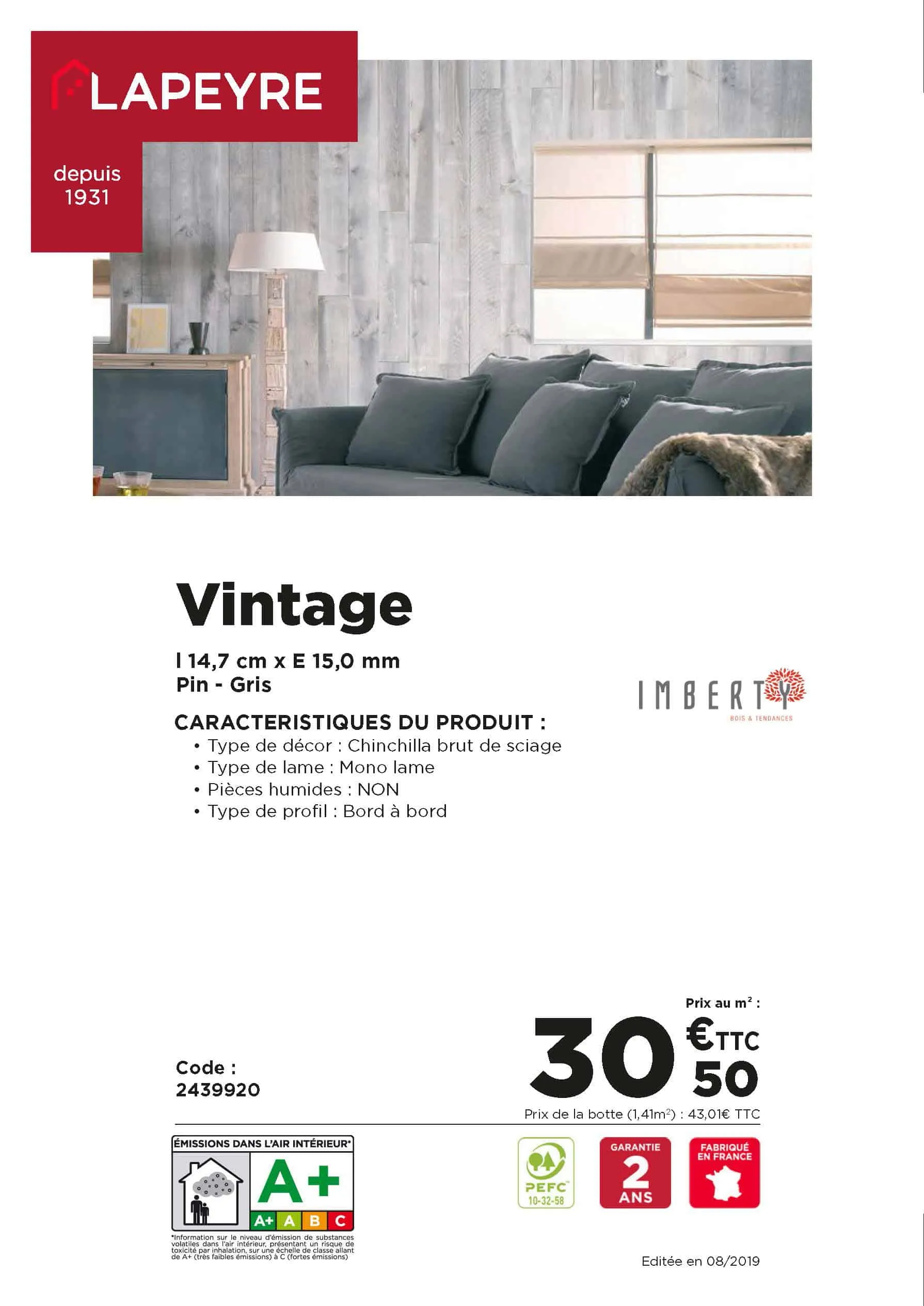In-store signage plays a key role in the communication strategy of retail brands, whether they operate as integrated networks or franchises. These marketing assets, visible at the point of sale, are a major component of local communication. To strengthen brand credibility and recognition, they must remain consistent with the national brand identity.
In The Effects of Store Image on Brand Equity: A Study Across Store Formats1, Joseph Kaswengi identified “store access, pricing, and service images as key drivers of brand equity”.
Retail headquarters and franchisors have embraced this by providing promotional kits, advertising materials, and store signage assets designed in full compliance with brand guidelines.
The Challenge: Granting Local Autonomy Within a National Framework
Being close to their market, local stores are best positioned to tailor communications to local competition, stock availability, supply chain conditions—and of course, customer expectations.
The challenge lies in granting that flexibility without compromising brand unity.
What J2S offers: separating data from presentation rules, using a collaborative platform.
Store Signage and Data: Providing Access to the Product Catalogue
No reliable store signage without quality data.
Distributing the product catalogue to stores (based on geography, store size, etc.) is a prerequisite for effective local content creation.
Department managers, often short on time, need simple tools. During the product picking process (selecting products to promote), data from national suppliers can be enhanced with local suppliers’ information (when allowed by the company policy), and combined with pricing often sourced from other systems. In some cases, local inputs even enrich the national catalogue.
The result: ready-to-use product sheets where local managers only need to define the appropriate promotional strategy.
Enforcing Brand Guidelines: Automating Store Signage Materials
To balance brand consistency and local needs, automating signage and marketing materials is key. Local teams must be encouraged to move away from hand-made signs (marker pens and A4 paper) and toward professional-looking, easy-to-produce outputs.
This is where Simple Workspace comes in, separating content from formatting:
- Headquarters controls design assets and layout rules (visual hierarchy, placement, etc.).
- Local users select their offers, choose the format, and generate a print-ready PDF.
From a single data source, it becomes easy to create a variety of outputs: posters, shelf talkers, labels, product sheets, promotional catalogues… All materials can be sent back to headquarters to be shared across the network.
Augmented Store Signage: Taking the Experience Further
Imagine a customer scanning a product label with their smartphone to access a video, complementary product suggestions, or even a contest.
Why not enrich your store signage to increase engagement and drive foot traffic?
Conclusion
Giving more autonomy to local teams while protecting brand identity is entirely achievable. By separating content from design, Simple Workspace helps streamline the production of effective, brand-compliant store signage.
Contact us to discuss your project.
Glossary
- Store signage: All visual materials used in a store to guide, inform, or promote products (e.g., posters, shelf talkers, labels).
- Brand guidelines: A document that defines the rules for visually representing a brand (colors, fonts, logo usage, etc.). For automation, J2S relies on its “Modules” .
- Product picking: The process of selecting which products to highlight in a local marketing campaign.
- Product catalogue: A structured database that contains all relevant product information (names, prices, images, descriptions).
- Local sourcing: Procurement made by a store from suppliers located within its region.
- Marketing asset: Any printed or digital document used to convey a marketing or informational message.
- Print-ready PDF: A finalized file that meets graphic standards and can be sent directly to a printer without further adjustments.

R. Loubéjac
Cofounder of J2S
The article The Effects of Store Image on Brand Equity: A Study Across Store Formats by Joseph Kaswengi was published in Management & Avenir 2013/2 (No. 60). Read the article on Cairn.info ↩︎










